With July almost gone, the gardener in you has August to pin your hopes onto. And of course, we are right here to help you simplify the complex with details pertaining to the vegetables you can grow in August.
Besides this, let’s not be oblivious to Francis Bacon, a renowned philosopher’s words, “Gardening is the purest of human pleasures.” And if your garden has vegetables sown in it, this pleasure is tripled! Want to experience thrice of this blissful emotion? Let’s get started!
We understand this can be a little overwhelming as you’ll find contrasting data sailing the internet waters. But don’t worry; we are here with our expertise and won’t let your belief dwindle. Not to forget, you can buy vegetable seeds online for each of the August vegetables discussed below.
August Vegetables That You Can Easily Grow At Home

While August is the month that receives fairly good amounts of rain in North and Central India, the peak monsoon months of South India are gone. Nonetheless, the whole country experiences their share of rainfall mingled with humidity during this month. Hence, one has to be careful with the choice of vegetables one can grow in August.
Tomatoes, Okra, and Gourds among others are the vegetables that can survive the rainy, hot, and humid weather conditions and are, thus, the best suited. However, knowing only the names isn’t enough, the ‘how’ and ‘where’ are equally important. We have, therefore, catered to each in detail.
Okra

Okra, known as Bhindi in Hindi and Lady Finger in English, is an easy vegetable to grow. Besides this, its alluring flowers will keep you hooked throughout the season. A perfect blend of beauty and brains, we’d say! Rich in Vitamin A, protein, and dietary fibres, Okra is a must add to your diet, primarily because it’s green and we should all consume our greens!
How To Grow Okra At Home:
- Enrich your soil by adding organic compost. In other words, soil with a PH level between 6.5 and 7 works best.
- Sow the Okra seeds ½ inches deep and 7-8 inches apart (if sown outdoors) and 9-10 inches apart (if sown indoors).
- Make sure your plant receives 5-6 hours of sunlight on a daily basis.
- Water your plant every morning so it stays hydrated the entire day.
- Within 45-50 days of planting, your first produce will be ready which would somewhere be 2-3 inches tall.
- Harvest using scissors or simply pluck them.
- Another pod will continue to grow from the spot you made a cut.
- Keep harvesting until the plant stops giving the produce.
Radish

If radishes were humans, they’d have been an Instagram sensation with reels showcasing - “I could be red, I could be purple...I could be pink, I could be yellow...I could be white, black, or any colour you like!” Because really, they are available in hundreds of shades. Mooli, as it’s said in Hindi, glorifies the Indian salad; thanks to its crispy taste and is rich in antioxidants and minerals like calcium and potassium. Not only this, it helps in improving the blood flow as it is a good source of natural nitrates apart from keeping blood pressure and heart diseases at bay.
How To Grow Radish At Home:
- Plant Radish seeds in an area with full sun or partial shade.
- Radish needs loose, well-drained soil that is free of rocks. Adding organic matter to the soil will help. The PH content of around 6-7 works best.
- Seeds should be sown ½ inch deep and be placed at least 1 inch apart.
- The harvest days differ as radishes can be grown in the spring and also in the winter.
- However, because we are growing radishes in August, the harvest will be ready in 30 days with their roots 30 cm across.
Lettuce

Even though lettuce is considered to be a luxury in Indian households, it is the third-largest producer of this leafy vegetable. Surprising, right? This proves how more and more people are getting conscious about adopting a healthy lifestyle. Health is wealth, after all! You can hop onto this train of consuming a conscious diet by planting lettuce right in your home. Let’s find out how!
How To Grow Lettuce At Home:
- Make sure the soil is well prepared for lettuce to grow. The ideal soil is soft, loamy, and well-drained.
- Do not cover lettuce seeds with too much soil; 2-3 mm would do.
- The plant must receive 4-6 hours of sunlight daily.
- Do not overwater the plant. If you find a fine layer of moss on the soil, you have probably overwatered it. Leave it for a day or two, depending on how clayey the soil is. If it appears dry, water it deeply.
- You can harvest the leaves using scissors once the leaves are 4-6 inches long. Avoid pulling the leaves off as it may cause damage.
Beans

There are two types of beans - bush beans and pole beans. While bush beans require more space to grow, pole beans require trellis support as they grow upwards. In any case, whatever type of beans you choose to grow, the process is super easy. One interesting insight is that beans are nitrogen-fixing plants i.e. they have the ability to pull nitrogen from the air; thereby making the soil fertile. Talk about being self-sufficient! However, you’ll still need to add compost to the soil.
How To Grow Beans At Home:
- Beans can be sown either directly in nursery beds or containers. Avoid growing them indoors or transplanting them initially since their roots are delicate.
- They grow well in nutrition-rich soil with good drainage. Make sure there are no clay-like structures.
- Since it is a sun-loving bush, expose the plant to at least 6 hours of sunlight daily.
- Plant bean seeds about 9-12 inches away from each other.
- Dig a 1-inch deep hole and place your seeds. Thereafter, cover the bean seeds with soil.
- Water the seeds regularly for 3-4 days and then every 2-3 days to support growth.
- The pods will be full in 40-50 days after which you can harvest the same.
Brinjal

Brinjals or eggplants have a love affair with Indian kitchens because they can practically fit everywhere. They can be fried, deep-fried, baked, made into pakodas, be eaten with curry, be mixed with rice, accompanied with biryani, and how can we forget, transformed into Ratatouille - a dish that took the internet by storm after the Disney movie released by the same name. Out-and-out interesting! They are also rich in iron, calcium, and fibre which is why they should make their way into your backyard now.
How To Grow Brinjal At Home:
- Sow brinjal seeds in well-aerated soil that has good drainage.
- Place the seeds some ¼ inches deep and then cover them with soil.
- Make sure the seeds are 5 inches apart from each other.
- The plant will need at least 5 to 6 hours of full sunlight. Don’t place it in the shade.
- Once the plant has a shiny gloss like skin, consider it ripe for harvest.
Zucchini

Even though we consider Zucchini a vegetable, it is botanically a fruit. Nonetheless, we jumped on the bandwagon and categorised it under vegetables. Right from deep yellow to dark green, zucchini is available in various colours. It also has medicinal properties and is used to treat colds, aches, and other health conditions. Besides this, it also prevents cancer and diabetes along with improving eyesight and digestion. If it does too much, growing it at home sounds like a pretty good idea, right? We thought so!
How To Grow Zucchini At Home:
- Zucchini thrives best in well-drained, fertile soil and because these plants are heavy feeders, make sure the soil is rich in organic matter.
- Zucchini seeds need ample sunlight and space to grow.
- Sow the seeds approximately 1 inch deep and about 24 inches apart which is roughly 2 feet.
- Water regularly to support the growth.
- Once the plant is 3 to 4 inches tall, consider it ready for harvest.
- This will take around 50 to 70 days after planting.
Gourds

The entire gourd family; be it bottle gourd, white gourd, bitter gourd, or pumpkin, all can easily be grown in the home garden. And oh my Gourd! The benefits these much-dreaded vegetables have are immense. Right from acting as an anti-inflammatory veggie, strengthening bones and muscles, improving blood circulation and digestion to boosting immunity; there’s so much that these do. While the process for each of the gourds to grow at home varies, we will cover only the general points that stand valid for all.
How To Grow Gourds At Home:
- Gourds grow best in well-drained soil that is rich in organic material.
- Sow gourd seeds 1-2 inches deep directly in the soil at gaps of 24-32 inches.
- Water them more if the weather is hot.
- Make sure the plants get adequate sunlight of 5-7 hours and enough space to grow.
- Just when they become hard to touch and develop full colour, it’s time to harvest them. Learn more about growing summer squashes and gourds.
Tomatoes

Last but not least, we bring the culinary chameleon - Tomatoes. We are sure your mom would have, at least once, asked you to consume tomatoes to have tomato-red cheeks. Just some Indian mom things! Apart from enhancing the beauty on the outside, tomatoes make the heart and brain function well by keeping cardiovascular diseases away. It is high in potassium, vitamin C, and vitamin K. With a water content of 95%, this vegetable is a delight to be grown at home.
How To Grow Tomatoes At Home:
- Tomato seeds can grow in almost all kinds of soil except for heavy clay soil. However, the pH level of soil that ranges from 6 to 6.8 is considered the best.
- Start with planting the seeds in 3-4 inch deep small pots and sow them ¼ inches deep.
- Moisture in the soil is a must for tomatoes to grow. While seeds require very little water till germination, they need more once they start maturing. In any case, keeping the top layer evenly moist is a must.
- Keeping the pots in a warm and dark place will work wonders.
- The seedlings will start appearing within 10 to 14 days.
- After 6 to 8 weeks when the plant grows 5 to 6 inches long, it needs to be transplanted outdoors where it can get 7 to 8 hours of sunlight.
- 65 to 70 days after transplanting, you’ll see the ripe tomatoes all waiting for you to consume them!
These vegetables are the best to grow in August and will satiate the gardener in you for sure! Besides, you’ll have quick access to good health right in your backyard. Why delay then? Buy the vegetable seeds online and make way to a great appetite.
If you like the piece, don’t forget to share it with your friends and family. Sharing is caring! And if you have any questions, we are right here to answer them.


 Sign In
Sign In



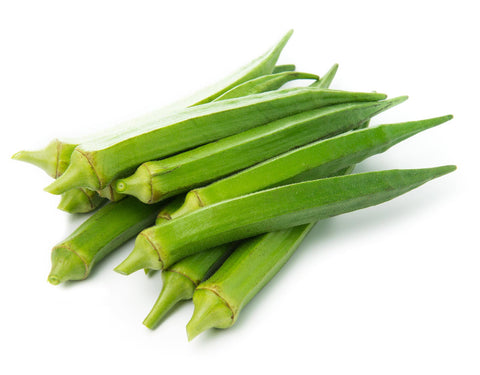
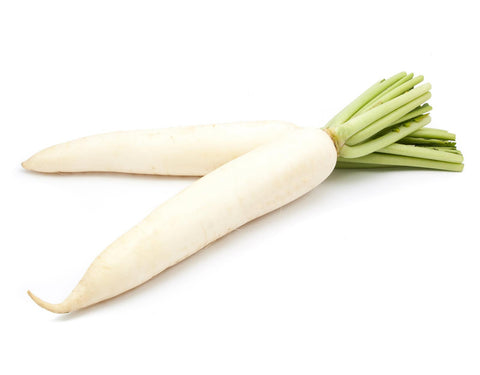
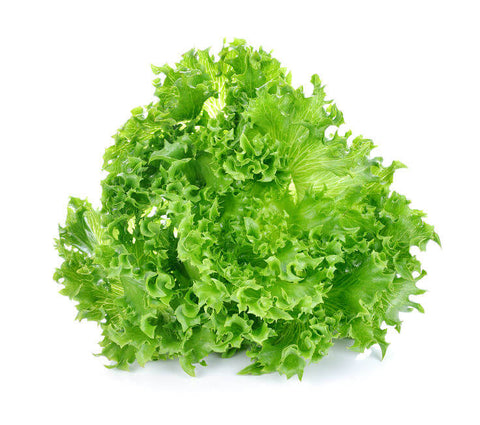
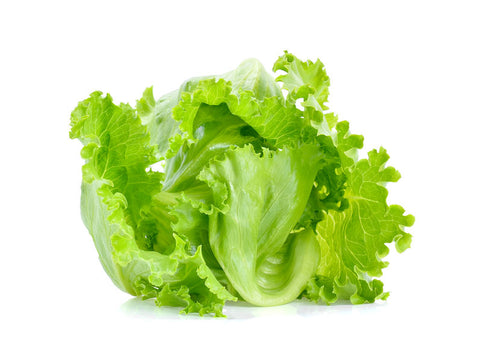
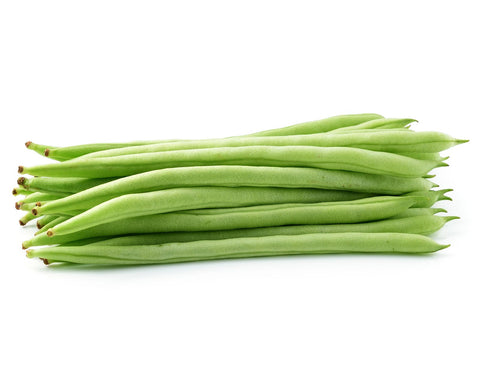
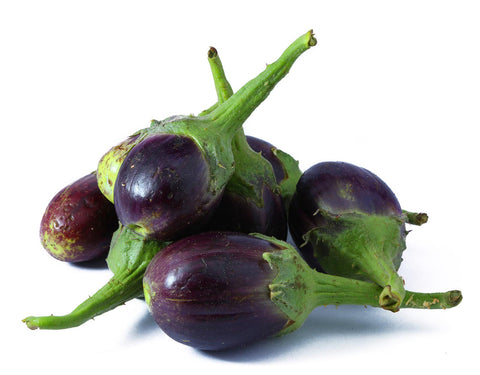
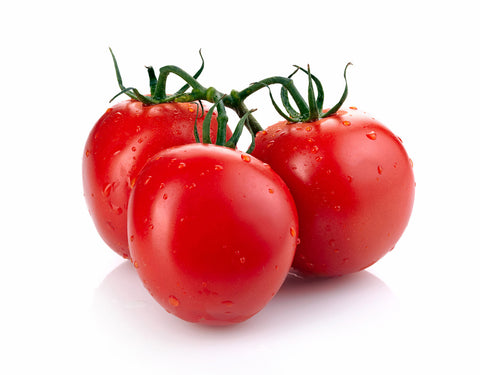
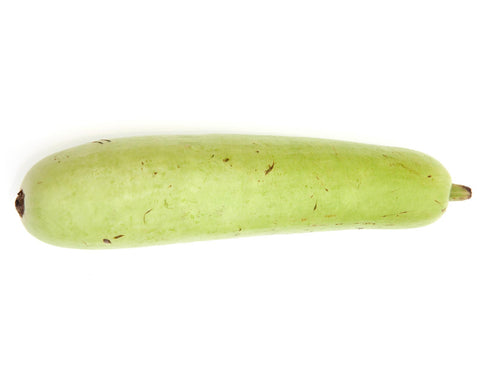
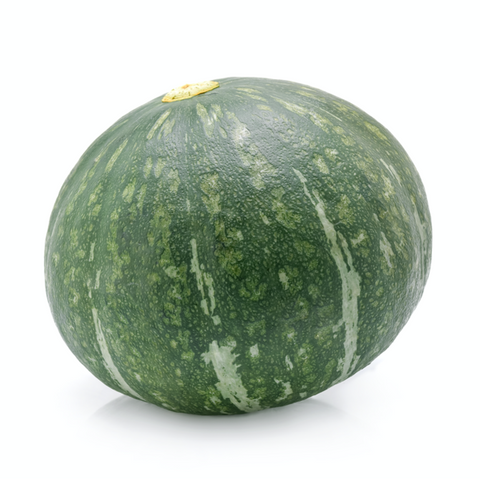
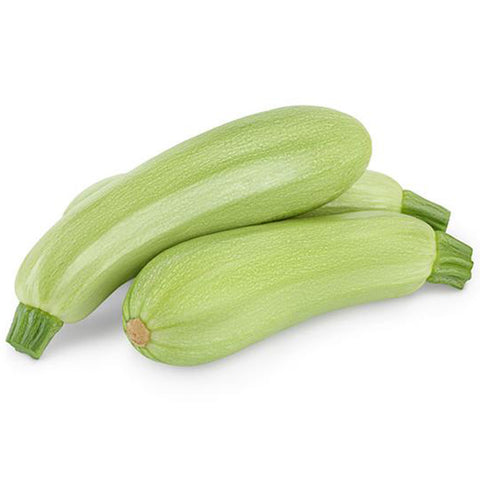






Let us know your feedback
* Comments must be approved before being displayed.